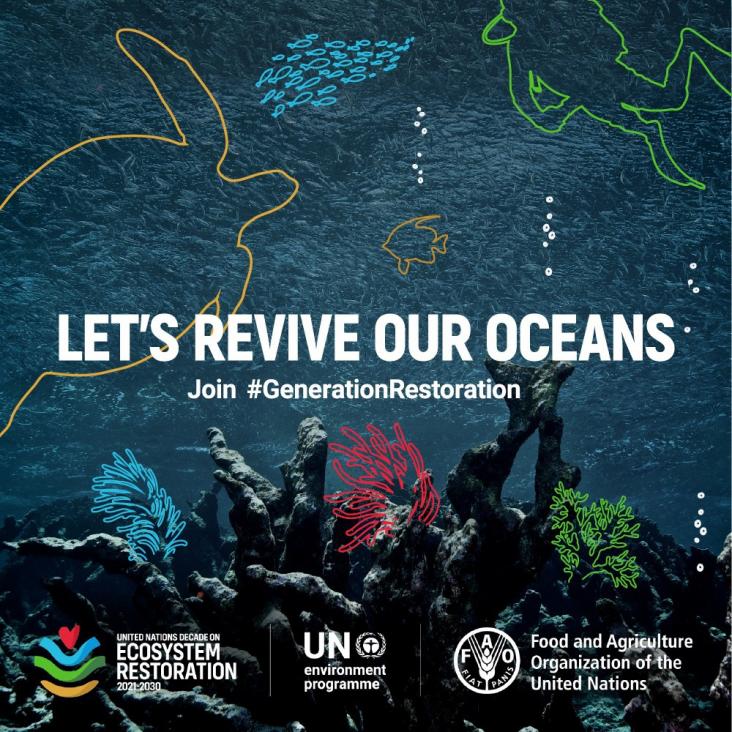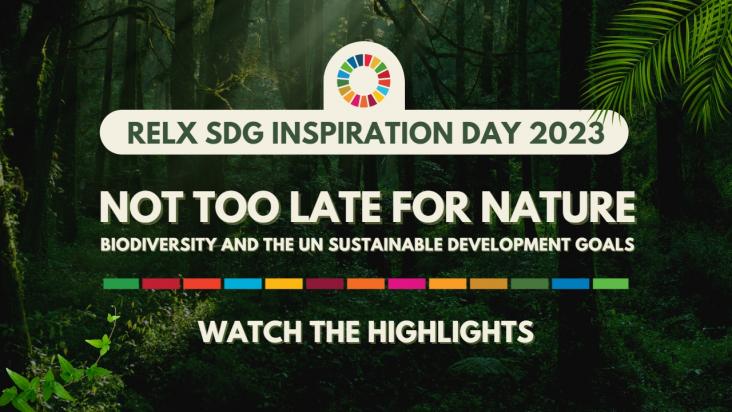
Find all the details and watch the videos from the 2023 RELX SDG Inspiration Day: "Not Too Late for Nature: Biodiversity and the UN Sustainable Development Goals." Eminent conservationist Dr. Jane Goodall, DBE, Founder of the Jane Goodall Institute and UN Messenger of Peace and 8th United Nations Secretary General Ban Ki-moon, provided keynote remarks alongside many more global leaders and subject matter experts.
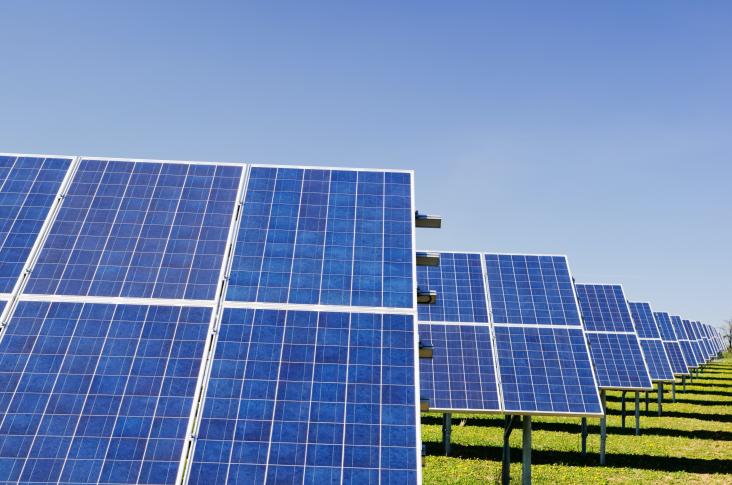
Recognising our customers' exceptional work to achieve the United Nations' Sustainable Development Goals
This paper develops a coupling between SWAN and Thetis models to account for wave–current interactions occurring by the co-existence of wave and current flows. The different grids and time-steps employed by the model components allow greater flexibility. The two models run consecutively, and communicate internally to exchange the necessary parameters. These are the significant wave height, mean wave direction, mean wavelength and percentage of wave-breaking calculated by SWAN necessary for calculating radiation stress and wave roller effects, while Thetis provides water elevation and current velocity fields.
This paper is particularly relevant to investigations into the spread of organisms that remain close to shore over timescales of days-to-weeks, e.g., the spread of marine non-native species and pathogenetic parasites, but is equally relevant to simulations tracking the dispersal of eDNA or coastal pollutants such as oil and plastics.
This study supports SDG 14 by uncovering how biotas responded to global change during the early Paleocene greenhouse mode.

This paper explores perceived barriers and enablers for engagement in a new aquaculture activity, using an example of ‘technology-push’ towards seaweed farming in coastal villages in Samoa.
Shows how practical economic levers can make the shipping industry more environmentally sustainable.
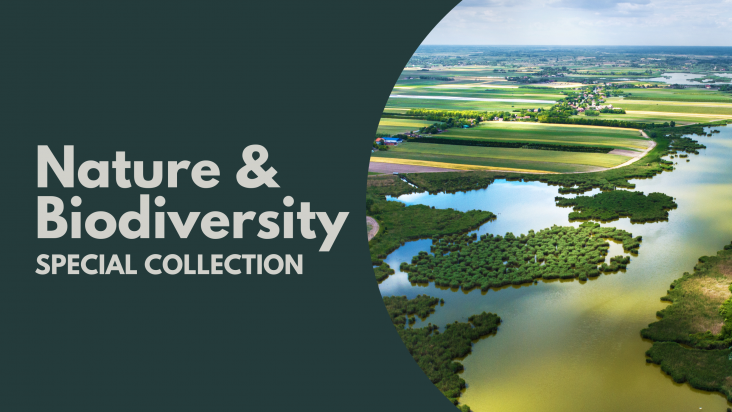
This freely accessible Special collection highlights journal articles and book chapters focussing on nature and biodiversity in celebration of the 2023 RELX SDG Inspiration Day on June 13th where thought leaders, corporate representatives, investors, government and NGOs explore issues, practical engagement and ideas in support of the UN Sustainable Development Goals.
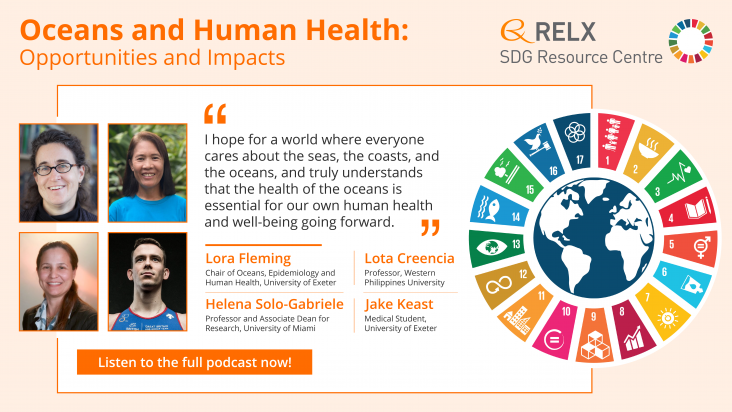
In this episode of the “World We Want” podcast series, the editors of the new book Oceans and Human Health: Opportunities and Impacts talk to Márcia Balisciano about about the fascinating connections between the ocean and human health, spanning from wellbeing and mental health, to medicinal resources, plastics, food and nutrition, and the health risks of polluted oceans.
